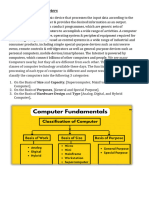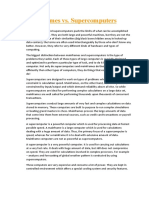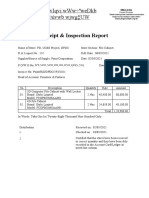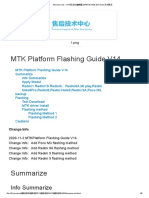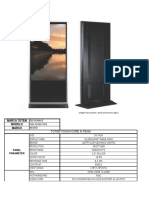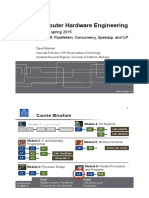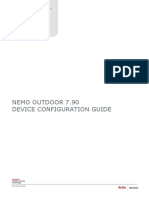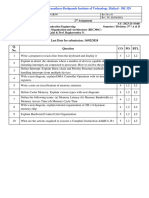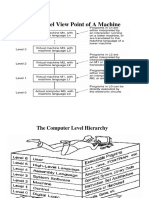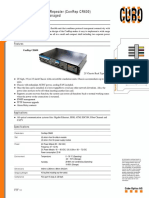0% found this document useful (0 votes)
30 views18 pagesTypes of Computer
The document provides an overview of different types of computers, including supercomputers, mainframes, minicomputers, microcomputers, and workstation computers. Each type is characterized by its processing power, applications, and specific use cases, such as scientific simulations for supercomputers and financial transactions for mainframes. The document highlights the importance of these computers in various industries and their unique features.
Uploaded by
mjkhan1gohanCopyright
© © All Rights Reserved
We take content rights seriously. If you suspect this is your content, claim it here.
Available Formats
Download as PPTX, PDF, TXT or read online on Scribd
0% found this document useful (0 votes)
30 views18 pagesTypes of Computer
The document provides an overview of different types of computers, including supercomputers, mainframes, minicomputers, microcomputers, and workstation computers. Each type is characterized by its processing power, applications, and specific use cases, such as scientific simulations for supercomputers and financial transactions for mainframes. The document highlights the importance of these computers in various industries and their unique features.
Uploaded by
mjkhan1gohanCopyright
© © All Rights Reserved
We take content rights seriously. If you suspect this is your content, claim it here.
Available Formats
Download as PPTX, PDF, TXT or read online on Scribd
/ 18








